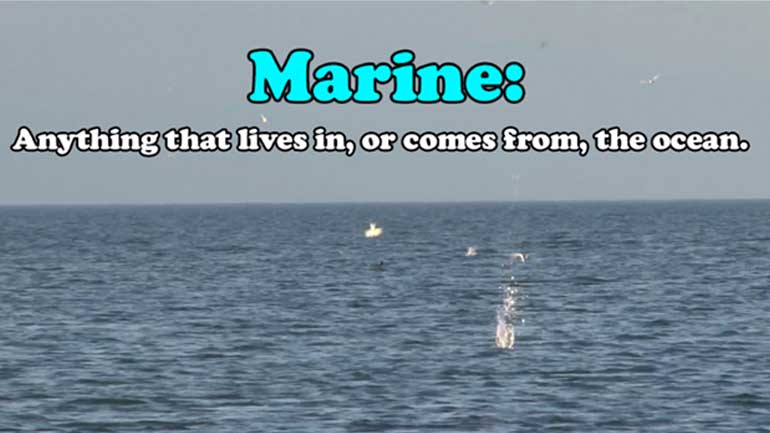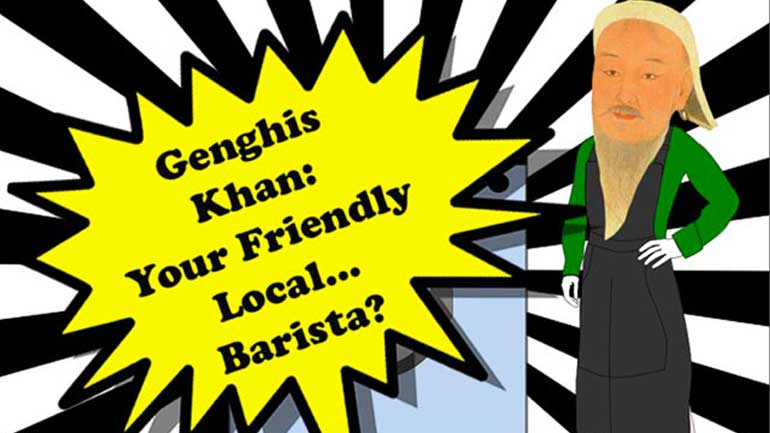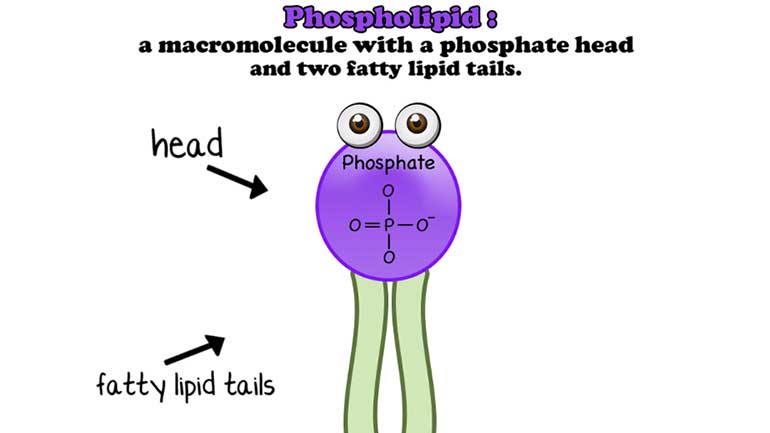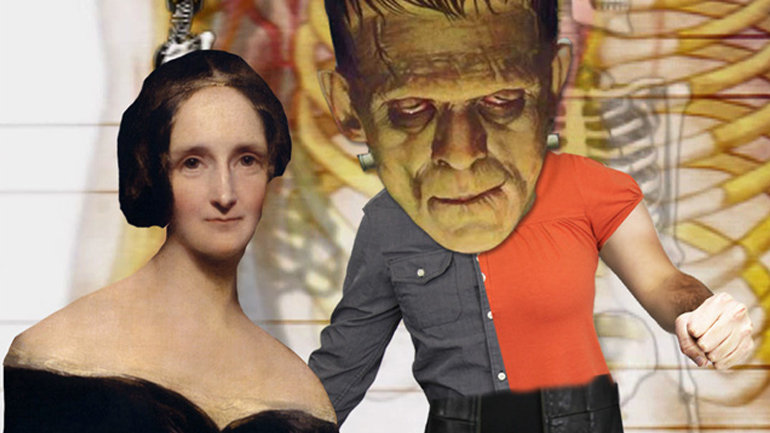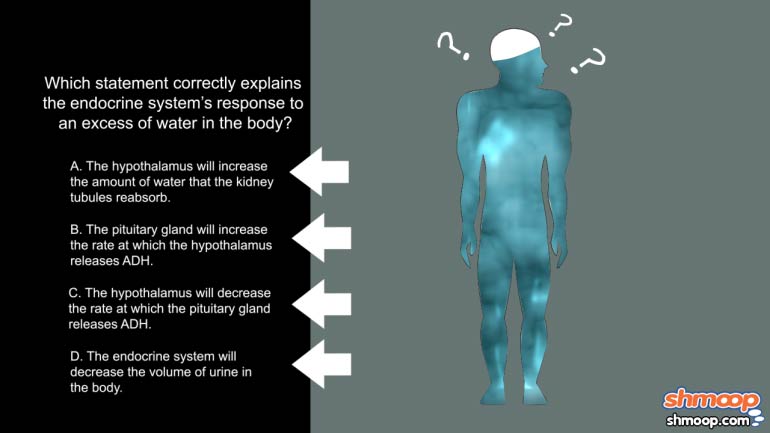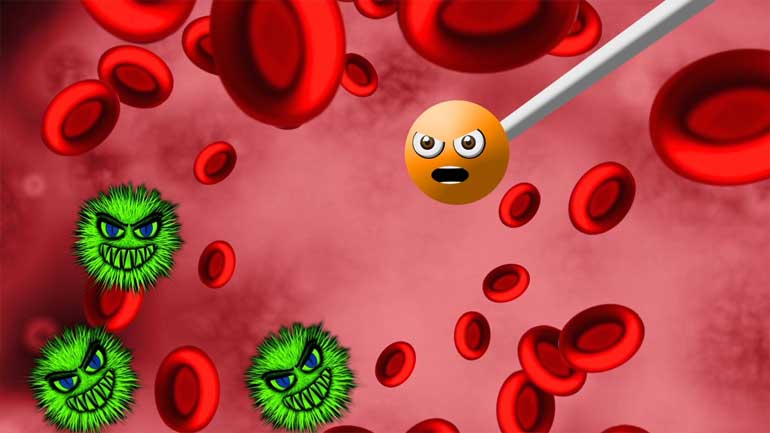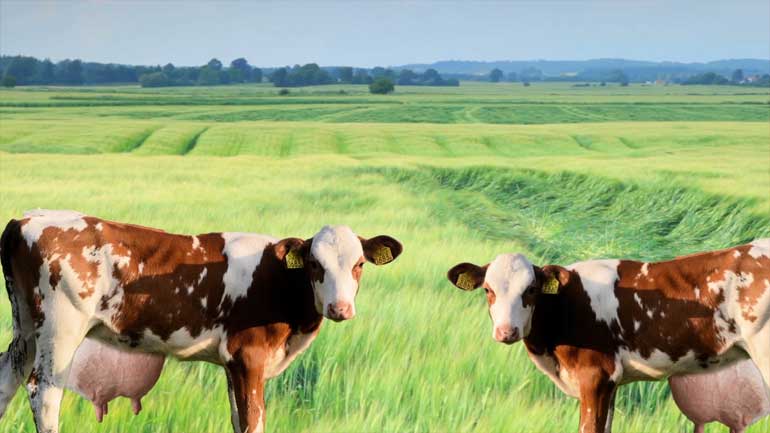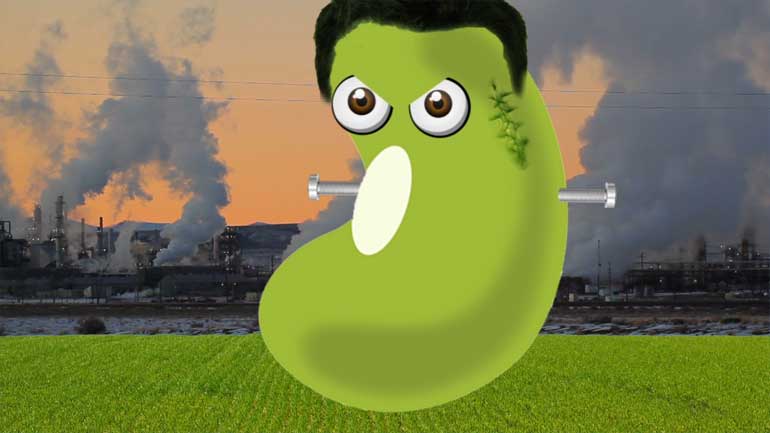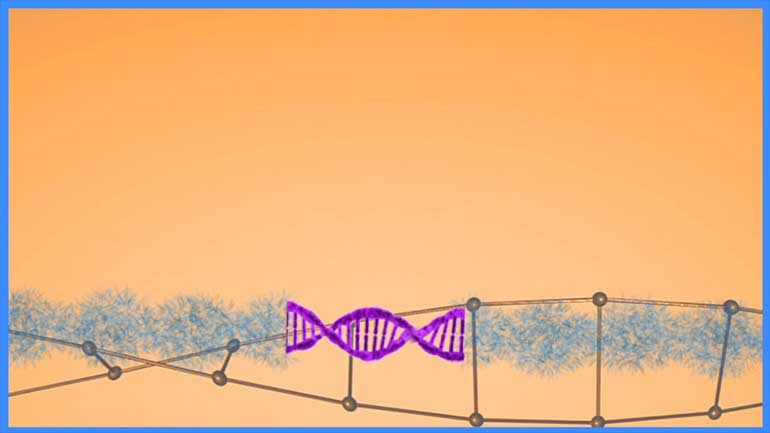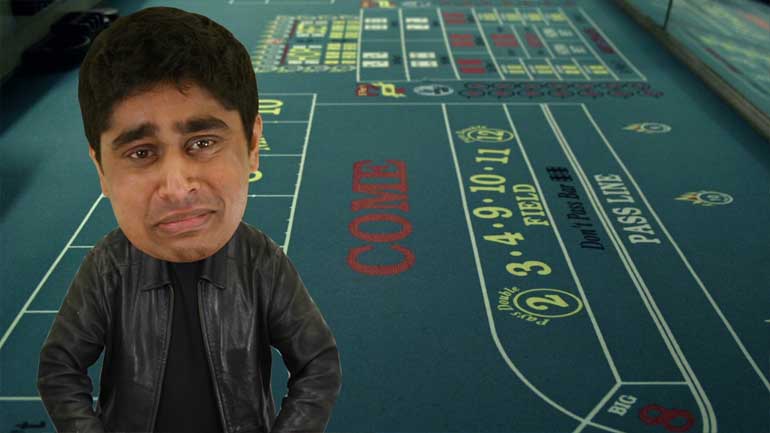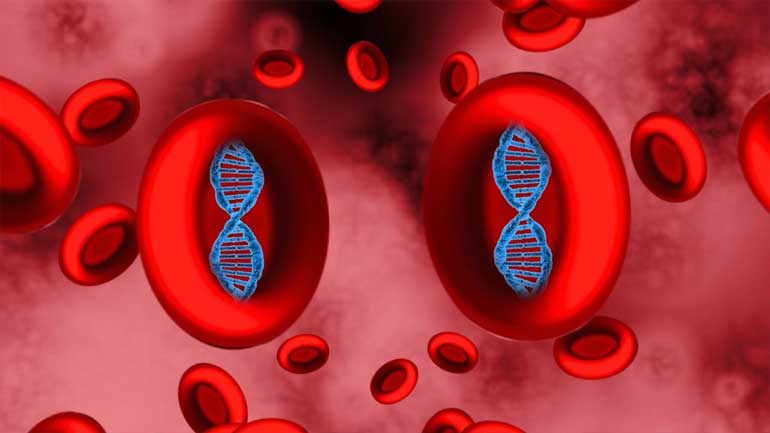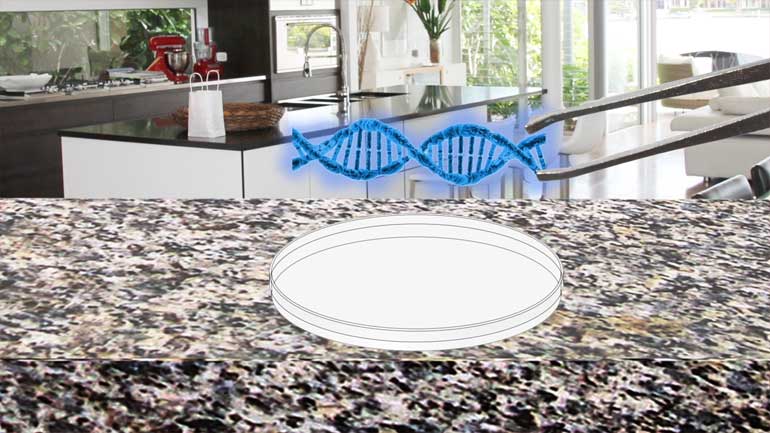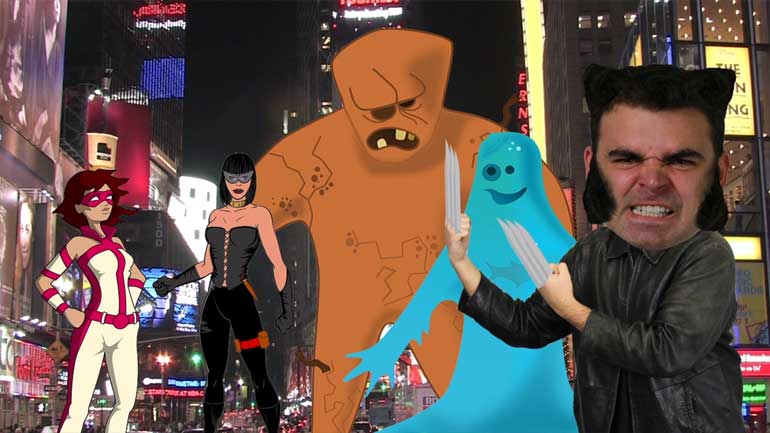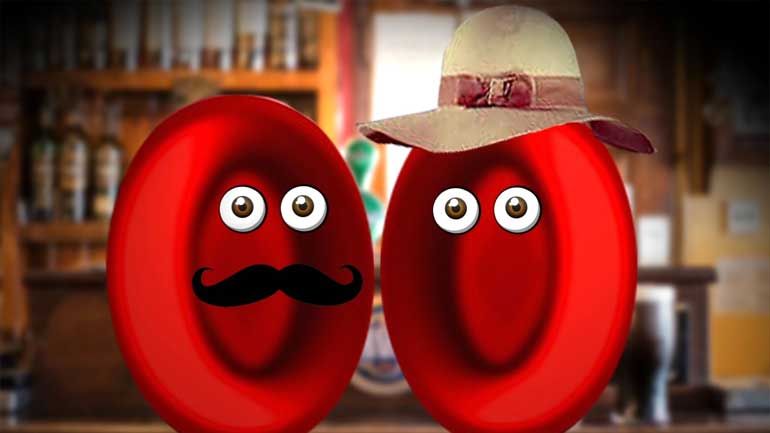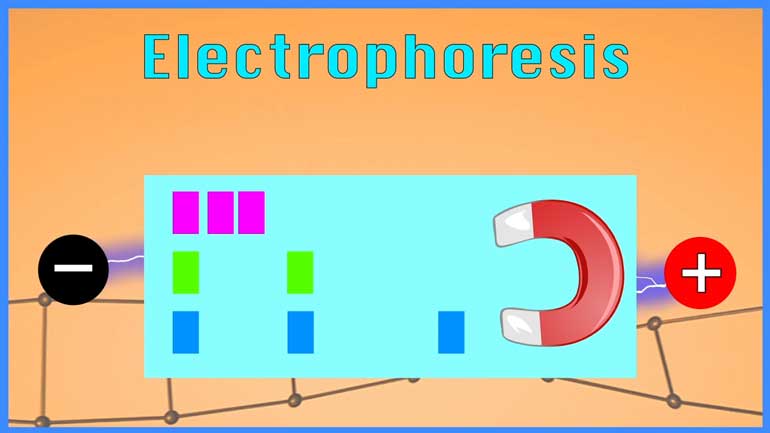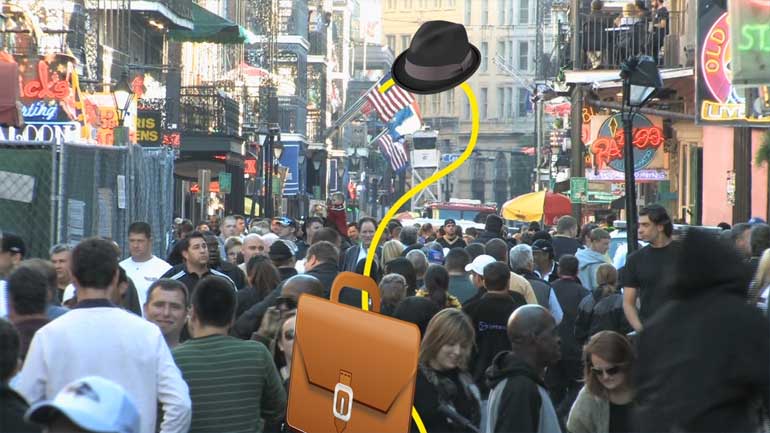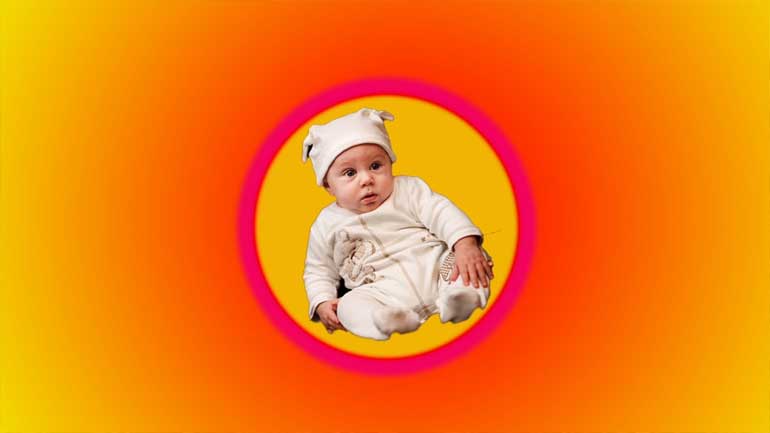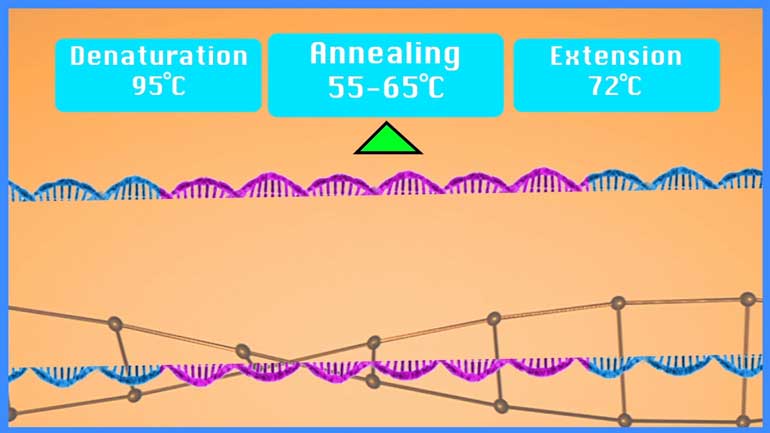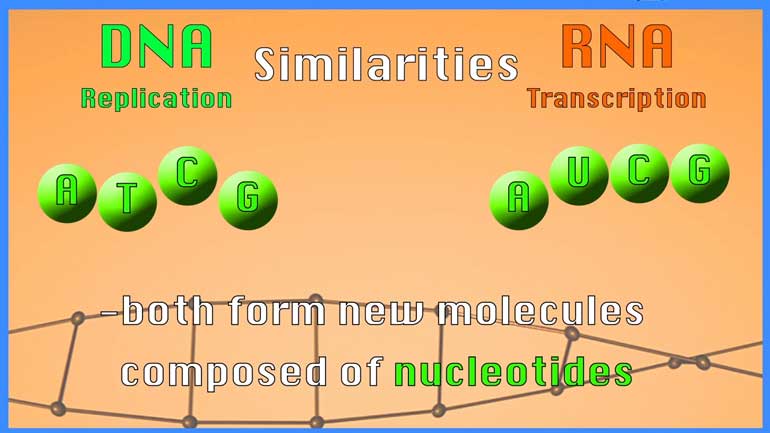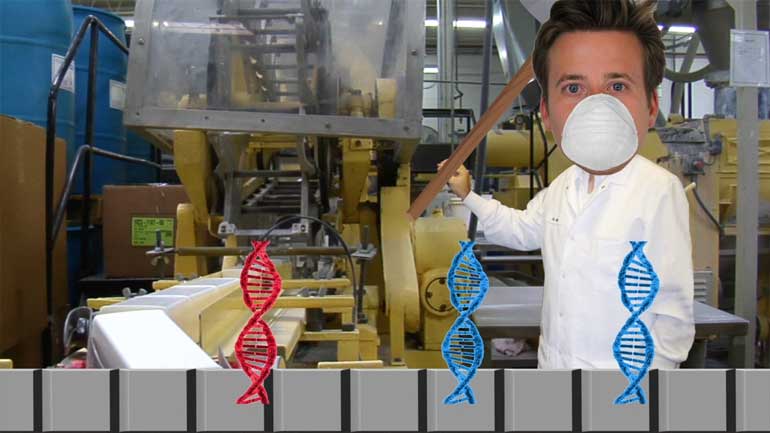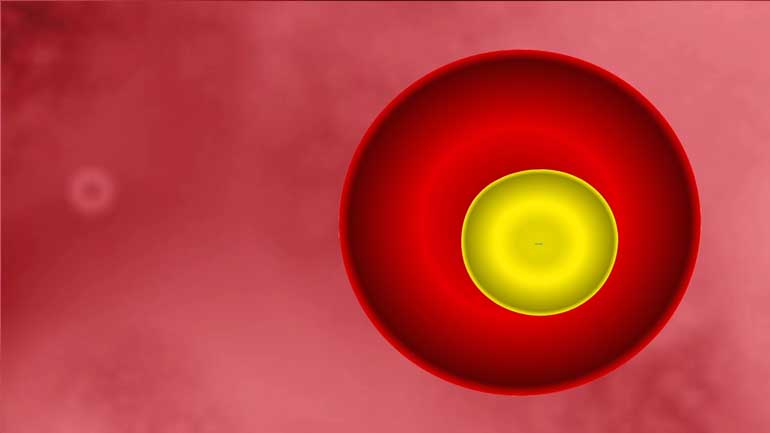ShmoopTube
Where Monty Python meets your 10th grade teacher.
Search Thousands of Shmoop Videos
Biology Videos 26 videos
In this video, we dive beneath the sea to review the kinds of interesting animals that live in the deep blue.
Anything that has a cell (bacteria, listen up!) has phospholipids that keep the cell contained and give it form and shape. Phospholipids protect us...
Molecular Genetics: From RNA to Proteins 285 Views
Share It!
Description:
In this video from our course on molecular genetics, learn all about RNA and proteins.
Transcript
- 00:14
We're back with Dr. Ruth, talking about biology, a la Shmoop.
- 00:18
From RNA to proteins... talk us through the process.
- 00:22
How does RNA become a protein?
- 00:25
So that process is called translation. So you're basically translating from an RNA -- the same way you translate a language -- into a protein language.
- 00:34
And it takes place in cellular machinery called ribosomes, which are composed of proteins and small RNAs.
Full Transcript
- 00:42
So basically, there's kind of three steps to the translation process.
- 00:48
There's an initiation step.
- 00:50
So just like we needed to find a start site for a transcription, have to find a start site for translation.
- 00:54
And the way that we figure out where that's starting is looking for what's called a start codon.
- 00:59
So a codon is a set of three letters, of RNA in this case.
- 01:04
And as soon as the ribosome sees an AUG, it'll know that that's a start codon. That's where it's going to start turning the RNA into a protein.
- 01:17
So the translation initiates at the AUG, so that's the first amino acid that gets added -- it's gonna be a methionine.
- 01:22
Then there's the elongation phase, which is basically adding all the other amino acids.
- 01:26
And what happens is, you know, one of those specialized RNAs we talked about was the tRNA -- the transfer RNA.
- 01:31
So its job is basically to grab onto an amino acid and bring it in, matching whatever the RNA sequence is.
- 01:41
What is an amino acid?
- 01:45
So an amino acid is kind of the equivalent of ATCG, but it's for proteins.
- 01:48
So it's basically the units that make up a protein or a polypeptide chain.
- 01:52
The tRNA is kind of cool because on one side, it has nucleotides that it can match up with the RNA on...
- 01:58
...and on the other side, it hangs onto an amino acid involved in protein. So it kind of links the two together.
- 02:03
Got it. So then...what is a peptide?
- 02:06
I'm thinking either stomach medicine or, uh, soda.
- 02:11
Peptide in this case is just a bunch of amino acids strung together.
- 02:15
And it can be a polypeptide...means a bunch of peptides...and so that would be kind of a protein put together.
- 02:21
And then things end. There's a termination point. How does RNA finalize the process of protein translation?
- 02:29
So there are actually three codons that basically tell the ribosome to stop.
- 02:33
In this case, they don't actually code for any amino acids, but instead, these special release factors come in and they knock the ribosome off the mRNA and they release the protein.
- 02:43
Got it. And so now the protein's been released...it's going off to find its way in the world...wide open spaces...
- 02:50
After that translation, what then happens?
- 02:52
Yeah, so most proteins aren't quite ready to go right when they're made, so a couple things happen.
- 02:58
One is that they sometimes get post-translationally modified. So they'll get molecules added on to them, whether it's sugars or other small molecules that help them function.
- 03:08
The other thing that happens is they actually have to fold into their shape because most proteins -- the way that they work is by folding into a specific conformation.
- 03:14
How do you mean folding? Like...I'm thinking origami...
- 03:19
It's like origami! When we think about translation happening, we usually think about a protein that's just a straight line, like this.
- 03:23
But in order to act as an enzyme, the protein ends up folding up into what's called a tertiary structure...
- 03:29
So it kind of makes certain shapes, it has clefts, it has parts that can bind to other proteins, and that has to happen before it can function.
- 03:34
Yeah I had a yoga class that was like that...
- 03:38
All right! So that was "From RNA to Proteins" a la Shmoop.
Related Videos
In this video, we dive beneath the sea to review the kinds of interesting animals that live in the deep blue.
Anything that has a cell (bacteria, listen up!) has phospholipids that keep the cell contained and give it form and shape. Phospholipids protect us...
GMOs. Now that’s a scary word. Or is it? Guess it’s time to ask ourselves: WWMST? ...For those of us who don’t constantly ask ourselves “wh...
